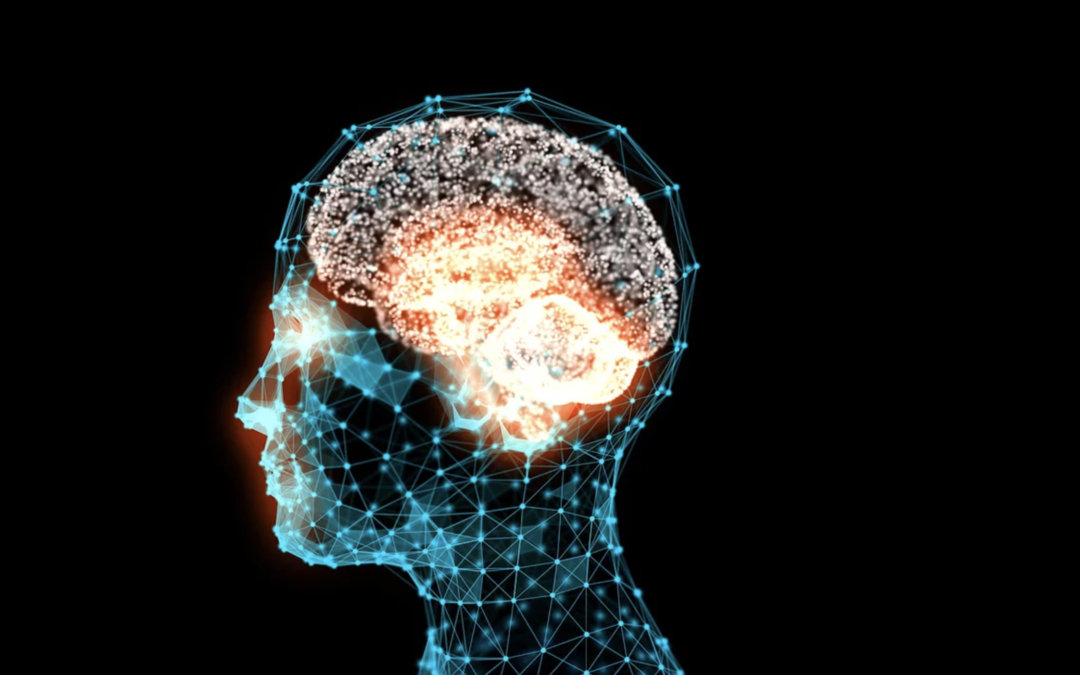Clif Smith, a leading mindfulness coach, public speaker, and writer was first introduced to mindfulness when he won the opportunity to attend a martial arts camp when he was young. He learned to be mindful of unhelpful internal dialogue, mindful of fear, and how to focus through meditation. Today, in his book Mindfulness without the Bells and Beads: Unlocking Exceptional Performance, Leadership, and Well-being for Working Professionals and through his coaching and public speaking, Clif Smith seeks to make mindfulness an accessible practice to all.
In modern times, where we check our phones 2,000 plus times a day and are confronted with more data and decisions in both personal lives and work lives than ever before, it can be easy to feel overwhelmed or disconnected. The practice of mindfulness can help in feeling more connected both to work and to ourselves improving not only productivity but the quality of life.
Multitasking
The practice of mindfulness can “turn good to great”, for leaders, as Clif Smith puts it. One thing that can be addressed through the practice of mindfulness is the myth of multitasking. Although multitasking may seem more productive, it divides attention and can lead to mistakes and poor decision-making. Being mindful of the projects and goals that require attention and separating those projects into “bins” or time increments to focus on with no distractions increases productivity and insightful decision making and prevents mistakes that may happen when switching between multiple activities. Setting aside time in an hour or two increments to focus on one activity and engage in deep work, which is necessary for most complex challenges, can also decrease stress and promote insightful thinking.
Negativity Bias
In making important decisions, most people have experienced what is called negativity bias. With negativity bias, people tend to be drawn to errors rather than to success and exclusively notice what may be done wrong, rather than what is done right. This not only can hinder us individually, preventing us from pursuing new avenues and opportunities; but can prevent leaders from seeing the potential within their team, over the fear of possible mistakes due to recalling past errors, while ignoring past achievements. Being mindful of this tendency to center negative thinking, rather than positive, allows for the opportunity to catch that thinking, and restructure the thinking process to focus on what has been done exceptionally previously, and how those positive outcomes could continue in the future.
Catch and Release
This strategy of noticing and being mindful of negativity bias and negative internal thought, what Smith called “catch and release”, teaches how to catch a negative internal thought, such as the belief that you can’t do a job, or complete a difficult goal and then release this negative thinking, therefore mitigating the fear and anxiety that are associated with it. Say, for example, you are invited to give a speech at a large conference on short notice, and you don’t have the experience speaking with a group this large, as Clif Smith was at his first 3,500-person speech. The first thought may be: “I can’t do this”. The first step is to acknowledge that negative thought, and in acknowledging it, accept the possibility that this can be done, and that the internal negative thinking is preventing an opportunity for success, rather than protecting from a possible failure. This process of catch and release and being mindful of internal negative thinking, albeit may be uncomfortable, also allows for an increase in confidence, and the ability to step out of our comfort zones, attempt new experiences, and create new opportunities, which will help expand a leader’s impact.
Science of Mindfulness
The practice of mindfulness and mindful thinking has been found to have many helpful impacts on brain structure. It reduces the size of the amygdala, which makes people less reactive to criticism and negativity. Practicing mindfulness also increases the size of the prefrontal cortex and hippocampus which both allows people to notice consequences to actions more efficiently and develop insight. It also increases the size of the insula, which allows for the ability to notice inner experiences or dialogues and increases empathy towards others.
What’s the starting point to mindfulness?
An excellent starting point to practicing mindfulness and improving productivity, leadership, and quality of life is also reading Clif Smith’s Mindfulness without the Bells and Beads: Unlocking Exceptional Performance, Leadership, and Well-being for Working Professionals. It could also be practicing mindful breathing meditation for 10 minutes a day to start. Mindfulness is accessible to all regardless of background and assists leaders and all individuals in the ability to take the time to notice, enjoy, and reach for positive experiences.
To learn more, check out my podcast with Clif Smith, Transformational Leadership for Transforming Times, here.

